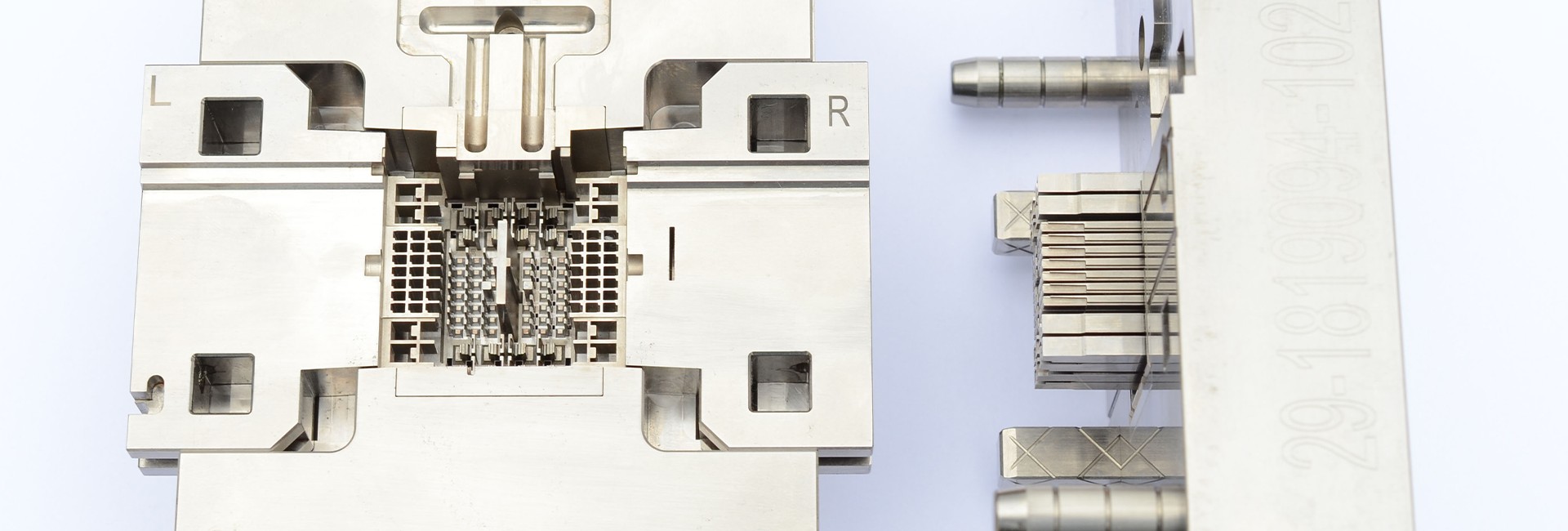
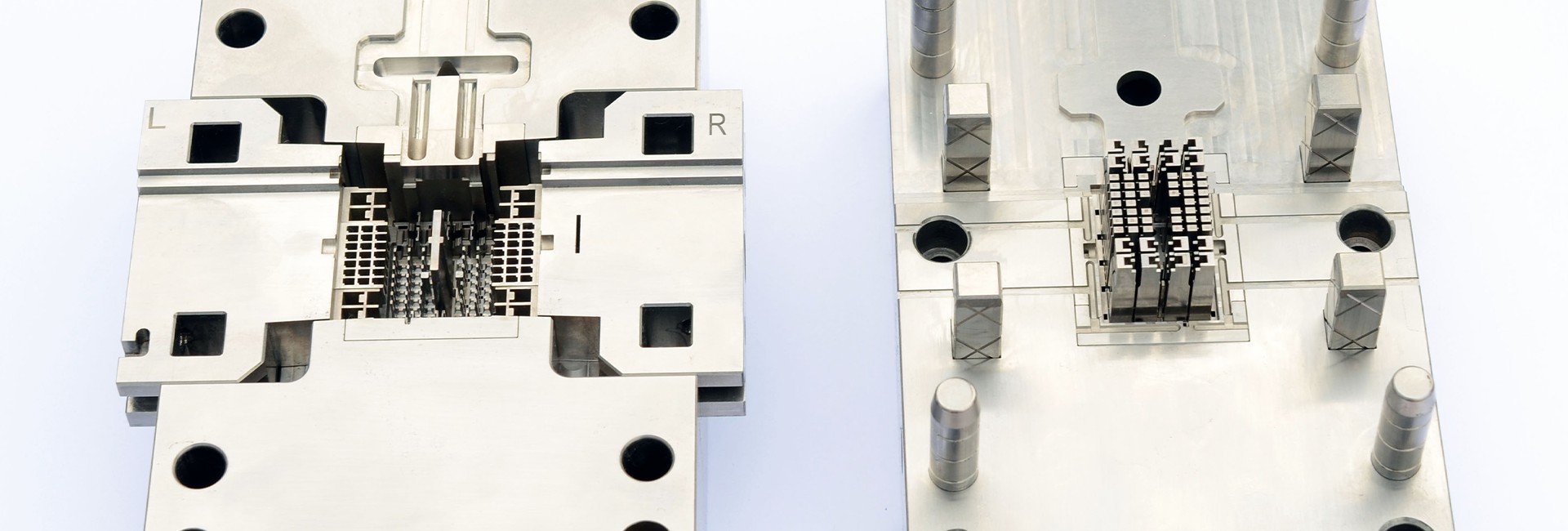
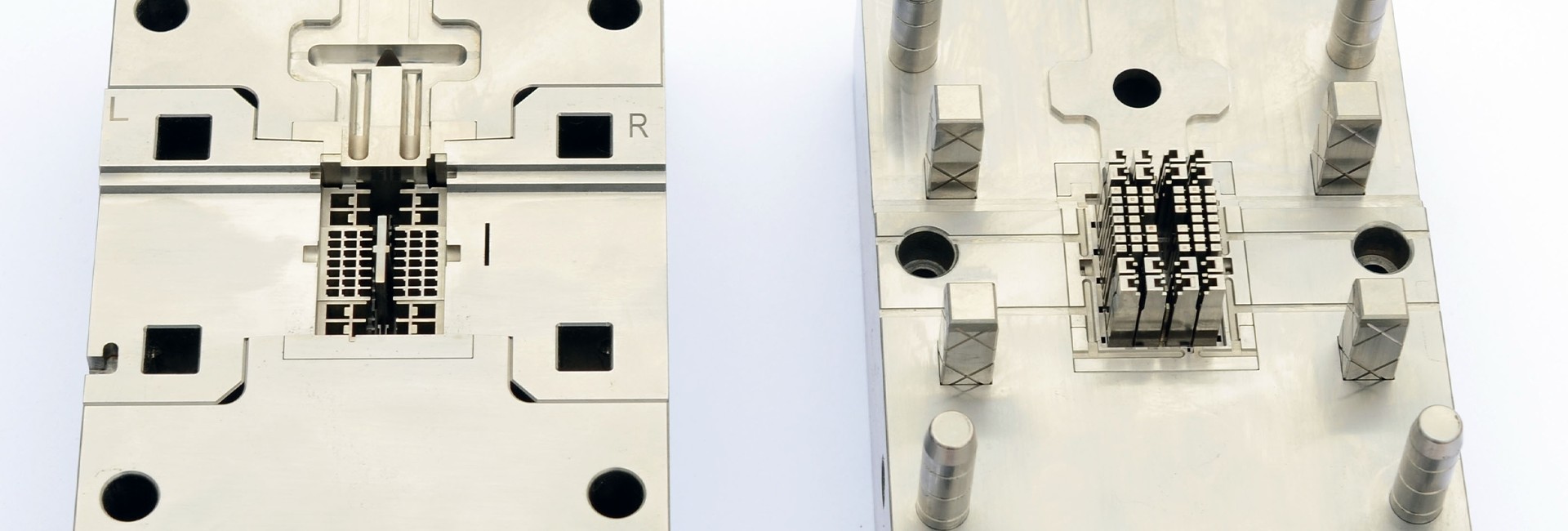
Manufactured using high-precision injection molds to ensure each cavity is dimensionally consistent and structurally stable.
Designed to accommodate metal terminals, this housing is widely used in automotive wiring harnesses, home appliance control modules, and industrial equipment.
Customizable in terms of number of pin positions, color, locking mechanism, and material according to customer requirements.
| Material | Pin Positions | Pitch | Operating Temp |
|---|---|---|---|
| PBT (customizable) | 10, 16, 20, etc. (per customer design) | 1.5 mm / 2.0 mm (customizable) | –40 ℃ ~ +125 ℃ |
| Lock Type | Compatible Terminals | Finish | Flammability Rating |
|---|---|---|---|
| Standard latch / CPA+TPA anti-release latch | Multiple crimp terminal platforms | Injection molded, smooth surface, no burrs | UL94 V-0 / V-2 (customizable) |
| Wire Insulator Material | FEP / PVC |
|---|---|
| Material | PBT (customizable) |
| Pin Positions | 10, 16, 20, etc. (per customer design) |
| Pitch | 1.5 mm / 2.0 mm (customizable) |
| Operating Temp | –40 ℃ ~ +125 ℃ |
| Lock Type | Standard latch / CPA+TPA anti-release latch |
| Compatible Terminals | Multiple crimp terminal platforms |
| Finish | Injection molded, smooth surface, no burrs |
| Flammability Rating | UL94 V-0 / V-2 (customizable) |
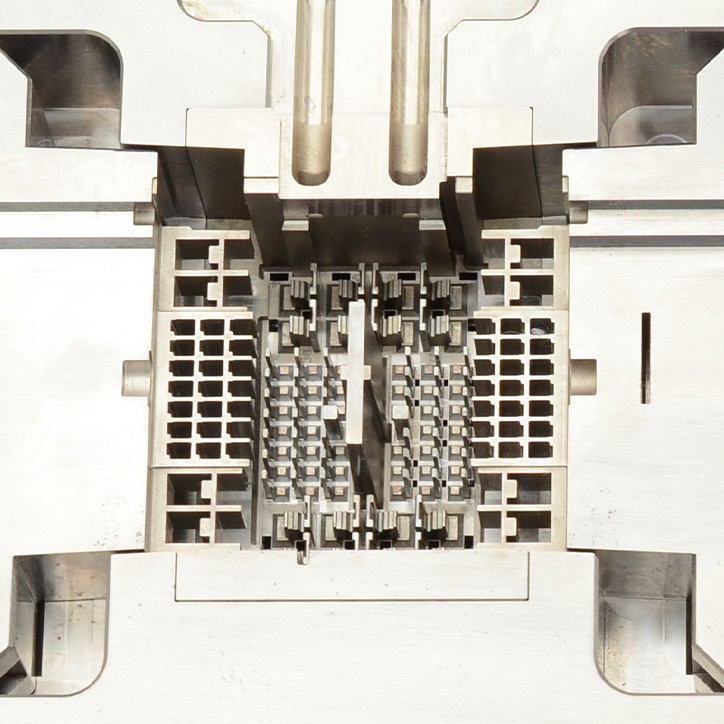
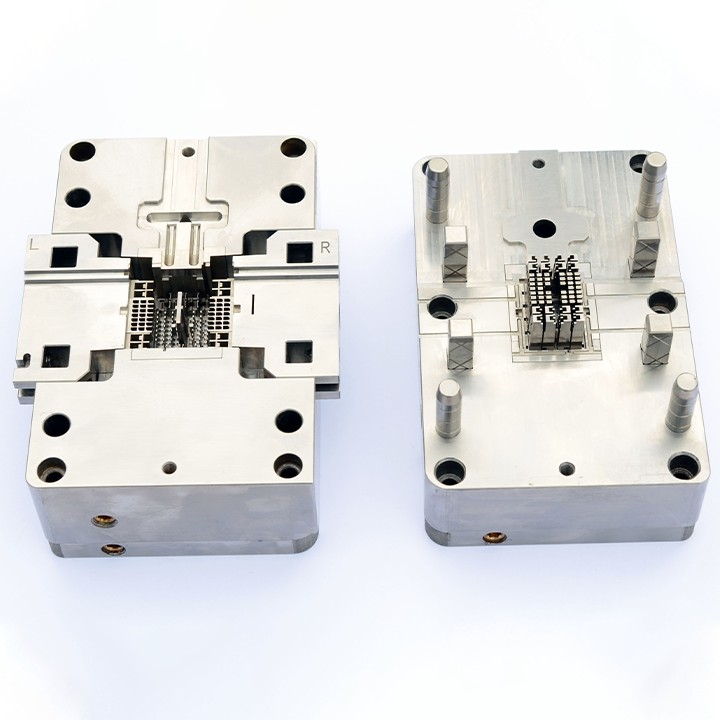
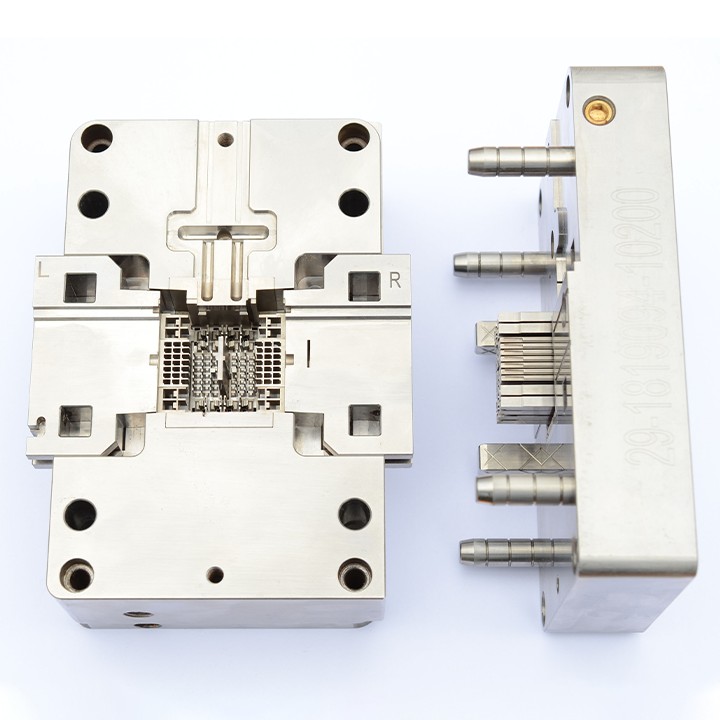
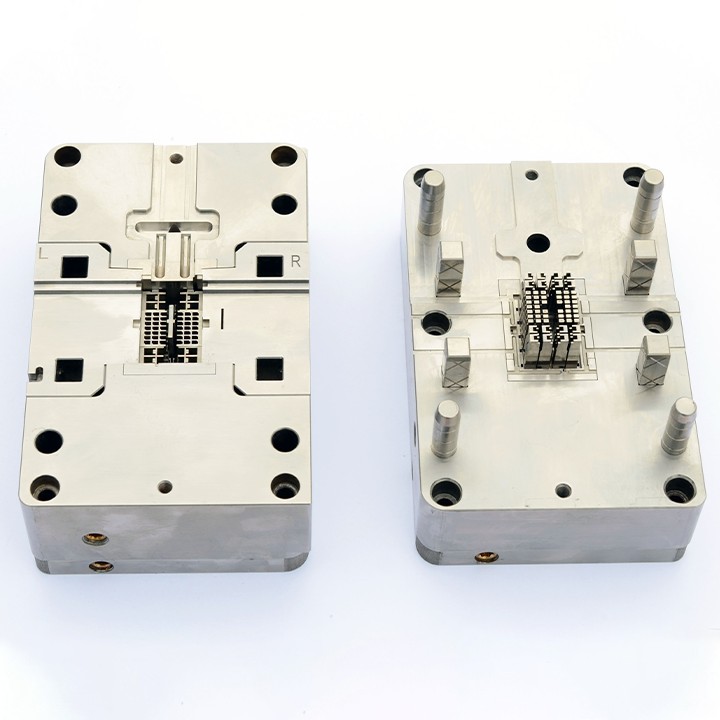
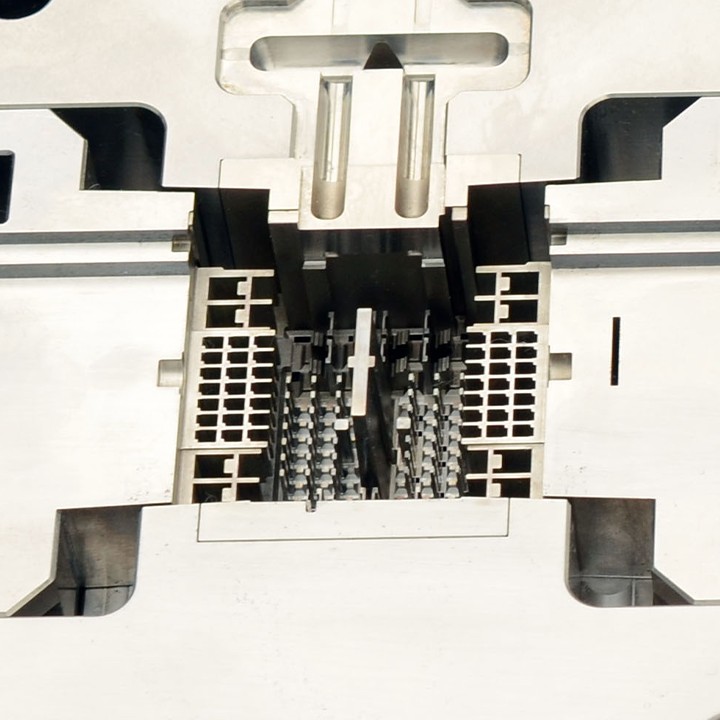
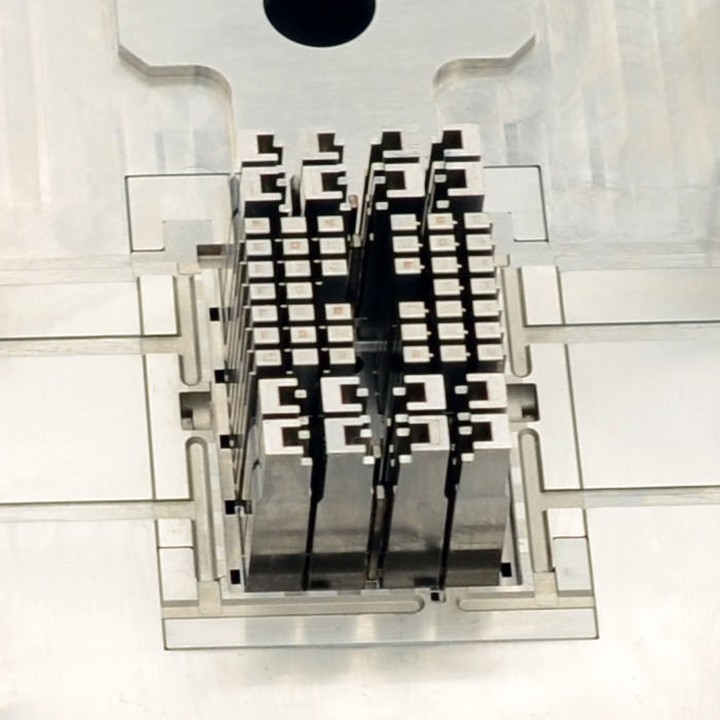
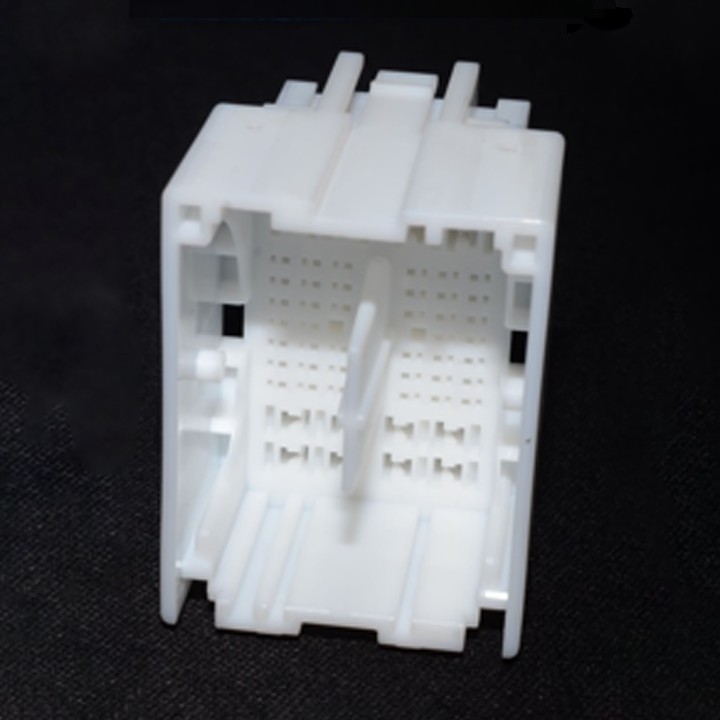
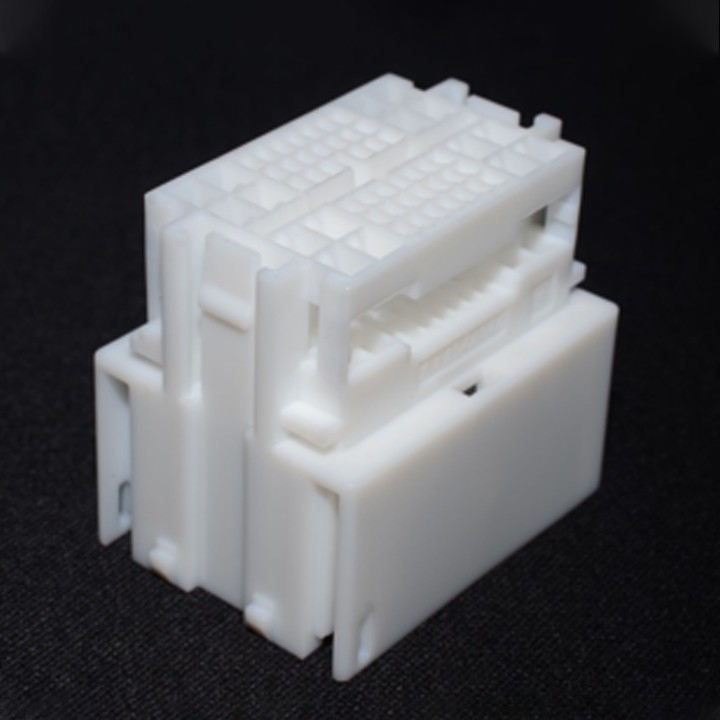

One-stop service: mold design → manufacturing → injection molding → assembly
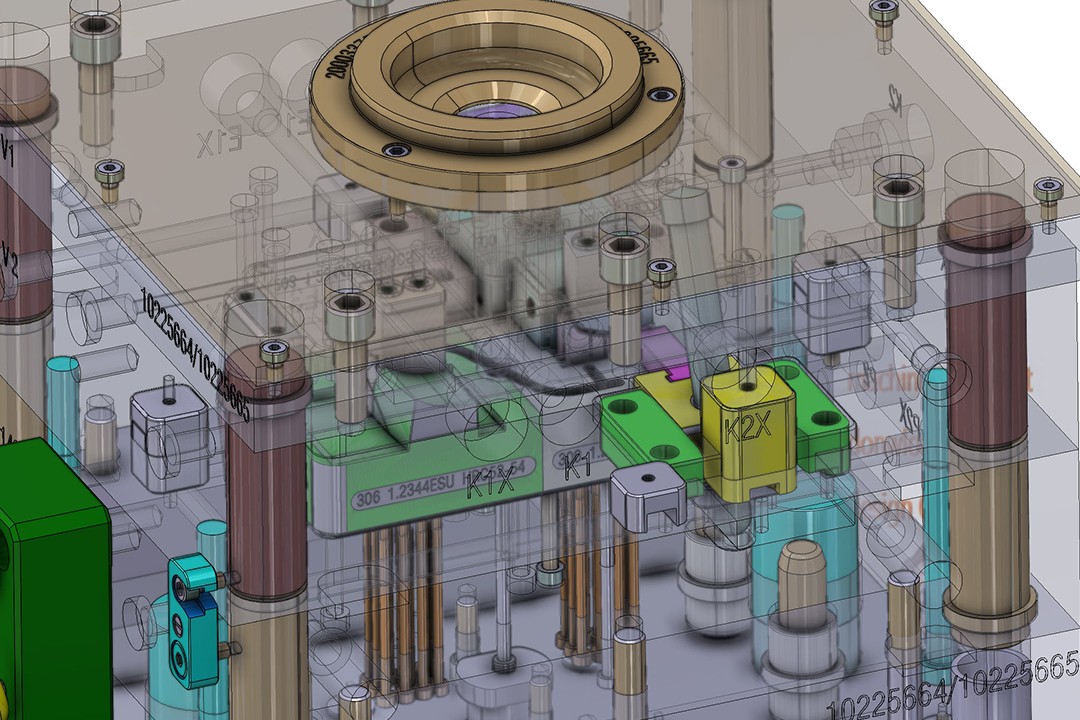
3D design (UG/ProE/CATIA)
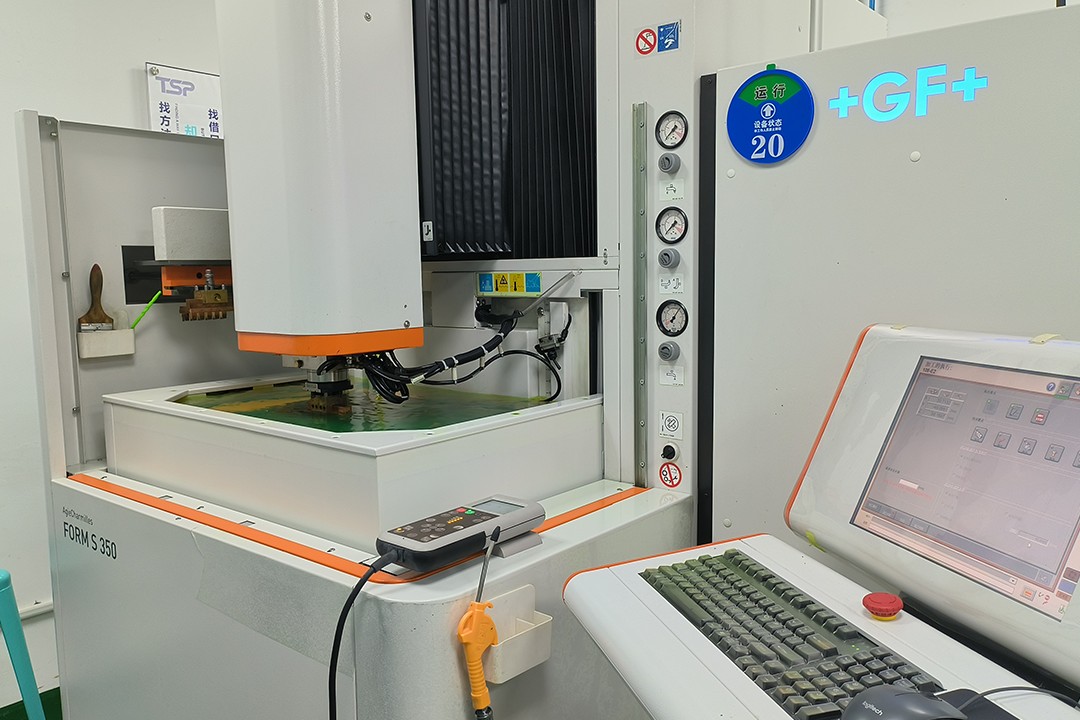
Mold making (CNC, EDM, polishing)
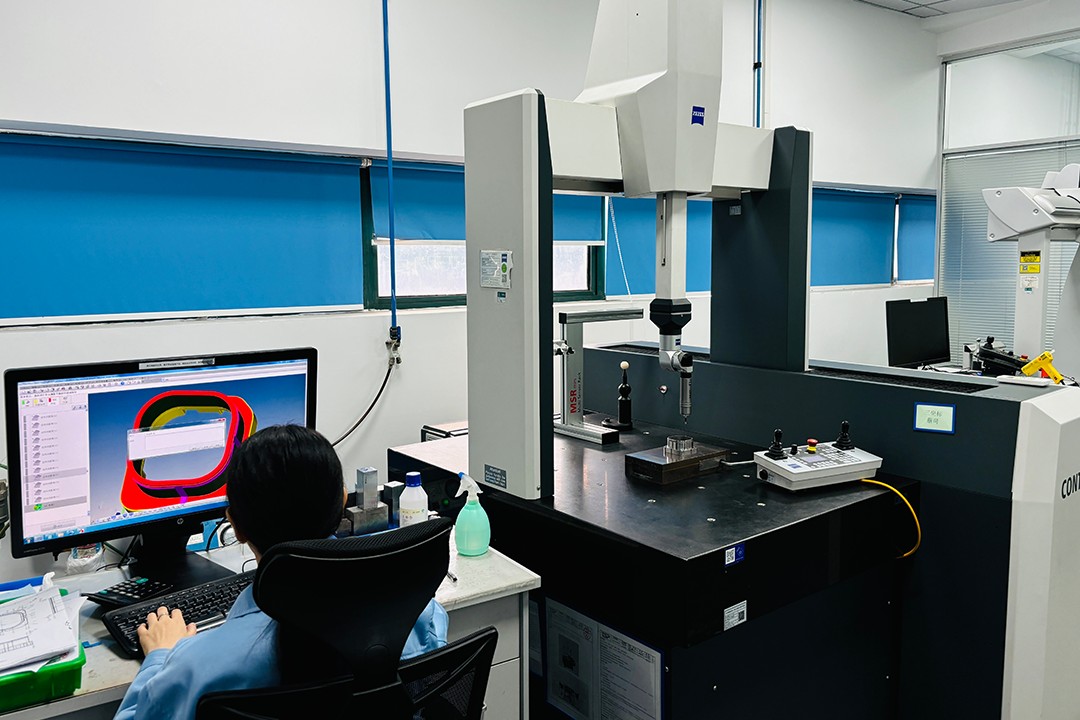
T1 sample and testing
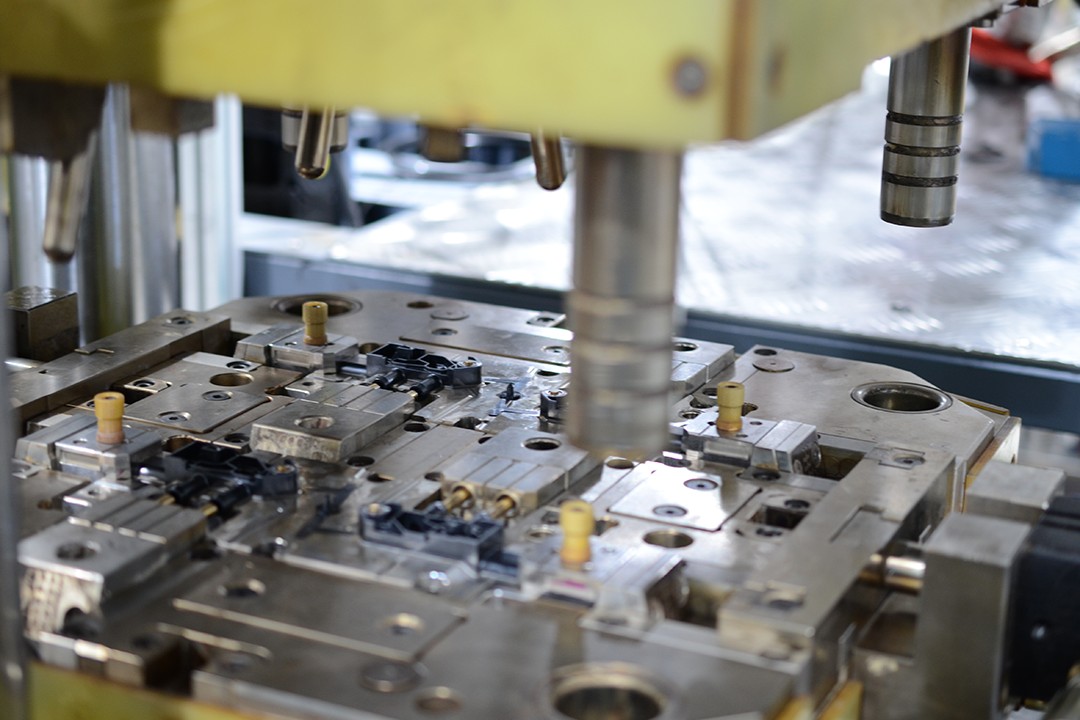
Final optimization and shipment
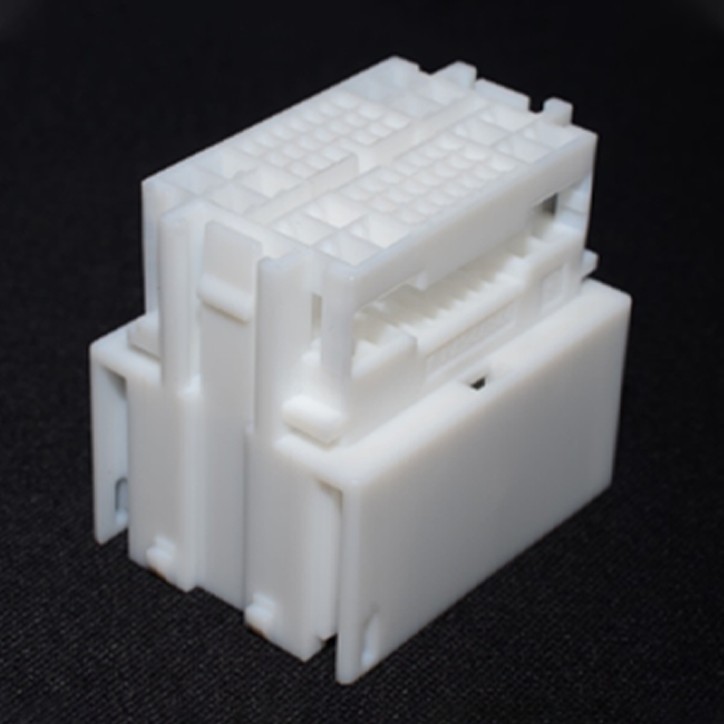
● Usage:Medical Devices
Designed for compact electronic devices requiring high signal reliability and mechanical stability.
● Usage:Connection
Made from durable materials, it ensures reliable conductivity and easy installation in automotive systems.
● Usage:ECU Integration
Enables efficient data transfer and power delivery for precise control of battery management, motor control, and charging.

The lifespan of a connector typically depends on the usage environment and frequency of use. Generally, high-quality connectors can withstand thousands of insertion and removal cycles under normal conditions.
When selecting a connector, consider the following factors:
• Application environment: temperature, humidity, vibration, etc.
• Electrical requirements: necessary voltage, current, and impedance.
• Size and shape: ensure compatibility with existing equipment.
Installation steps typically include:
• Ensure the power is turned off.
• Align the connector, ensuring the pins on the plug and socket fit correctly.
• Apply even pressure to insert until you hear a “click,” indicating it is locked in place.
If you experience poor contact, try the following:
• Check if the connector is securely inserted.
• Clean the contact surfaces to remove dust and debris.
• Inspect the connector for damage; if damaged, replace it.
Many connectors are designed to be waterproof and weather-resistant, but for outdoor use, it’s best to select connectors specifically designed for such environments, ensuring they meet the required protection ratings.
We provide customization services for connectors, including special sizes, materials, and electrical specifications. Please contact our technical support for more information.
To extend the lifespan of connectors, we recommend regularly checking and cleaning them. Avoid storing them in high-temperature or humid environments, and refrain from excessive pulling on cables during use.
If you have any questions, feedback, or need more information, please fill out the form below. Our customer service team will get back to you as soon as possible. Thank you for your support!